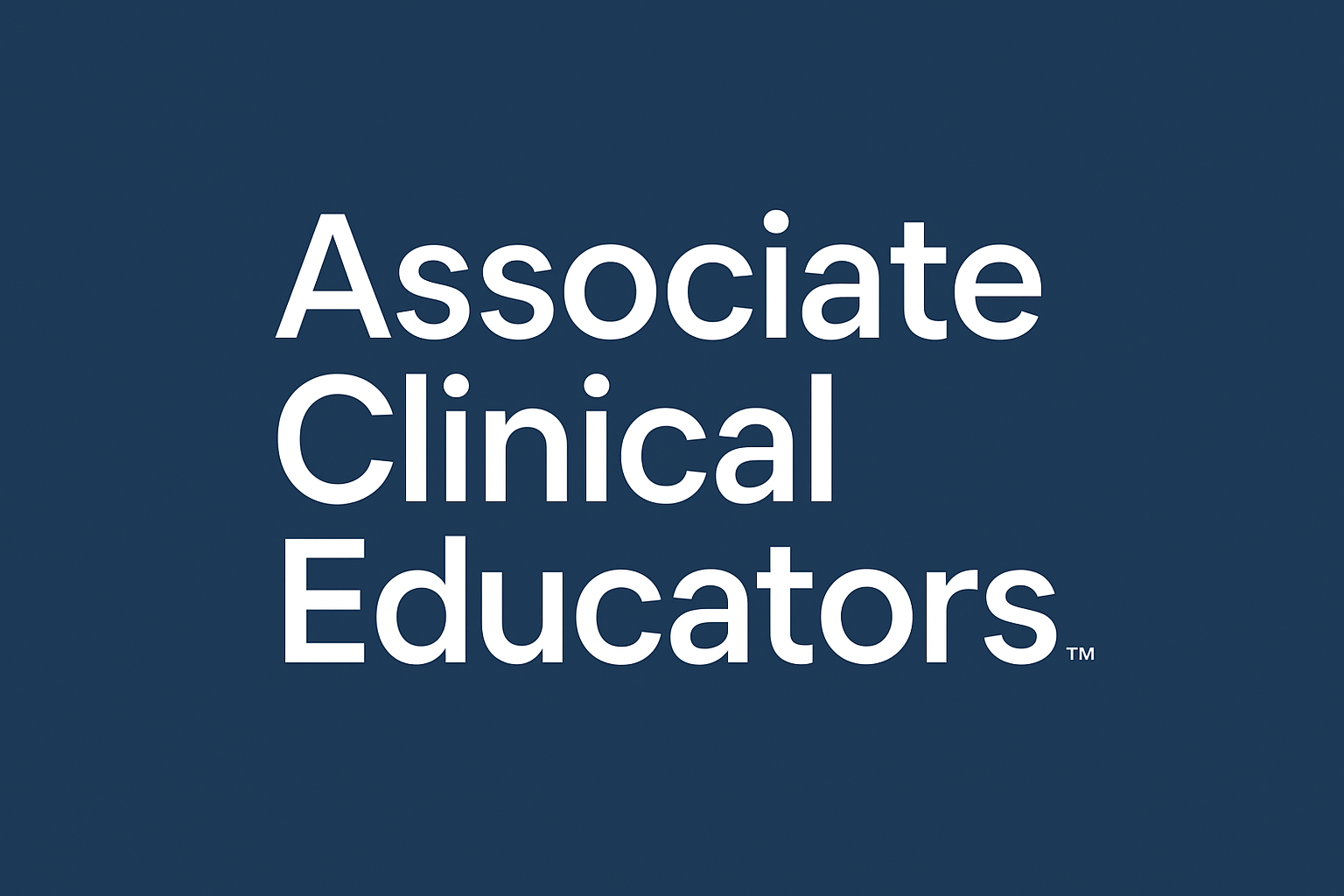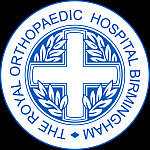An ACE™ Is Not a Simulated Patient, But A Simulated Patient On Steroids!
Recently my attention was drawn to an article, ‘It’s Not An Acting Job … Don’t Underestimate What A Simulated Patient Does”: A Qualitative Study Exploring the Perspectives of Simulated Patients in Health...
Read More

